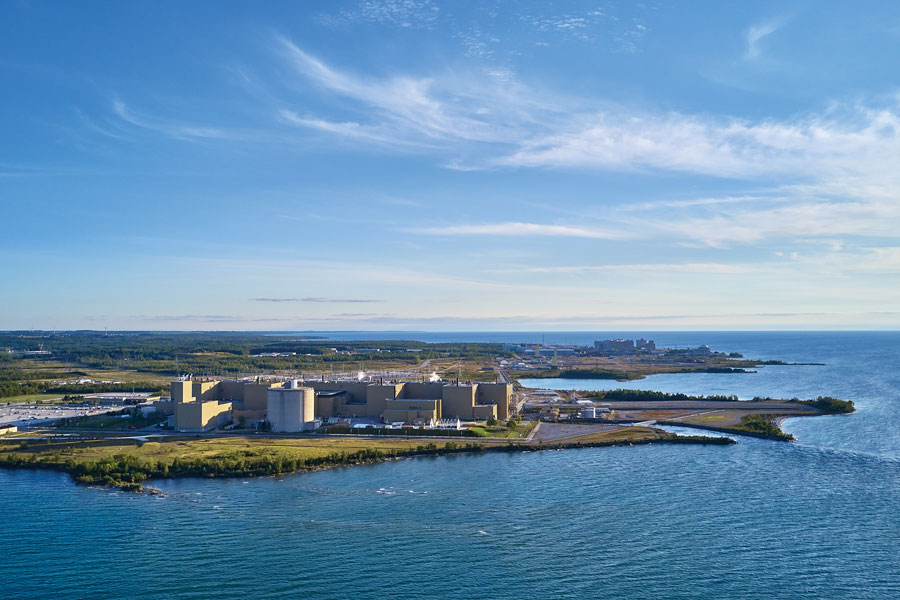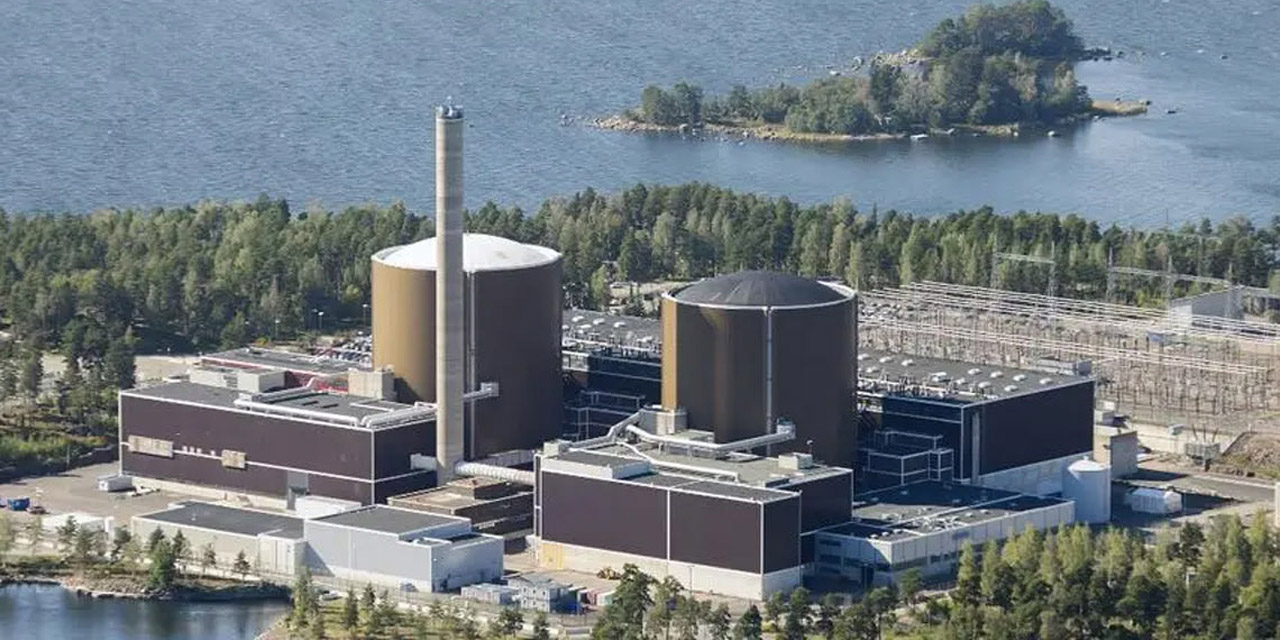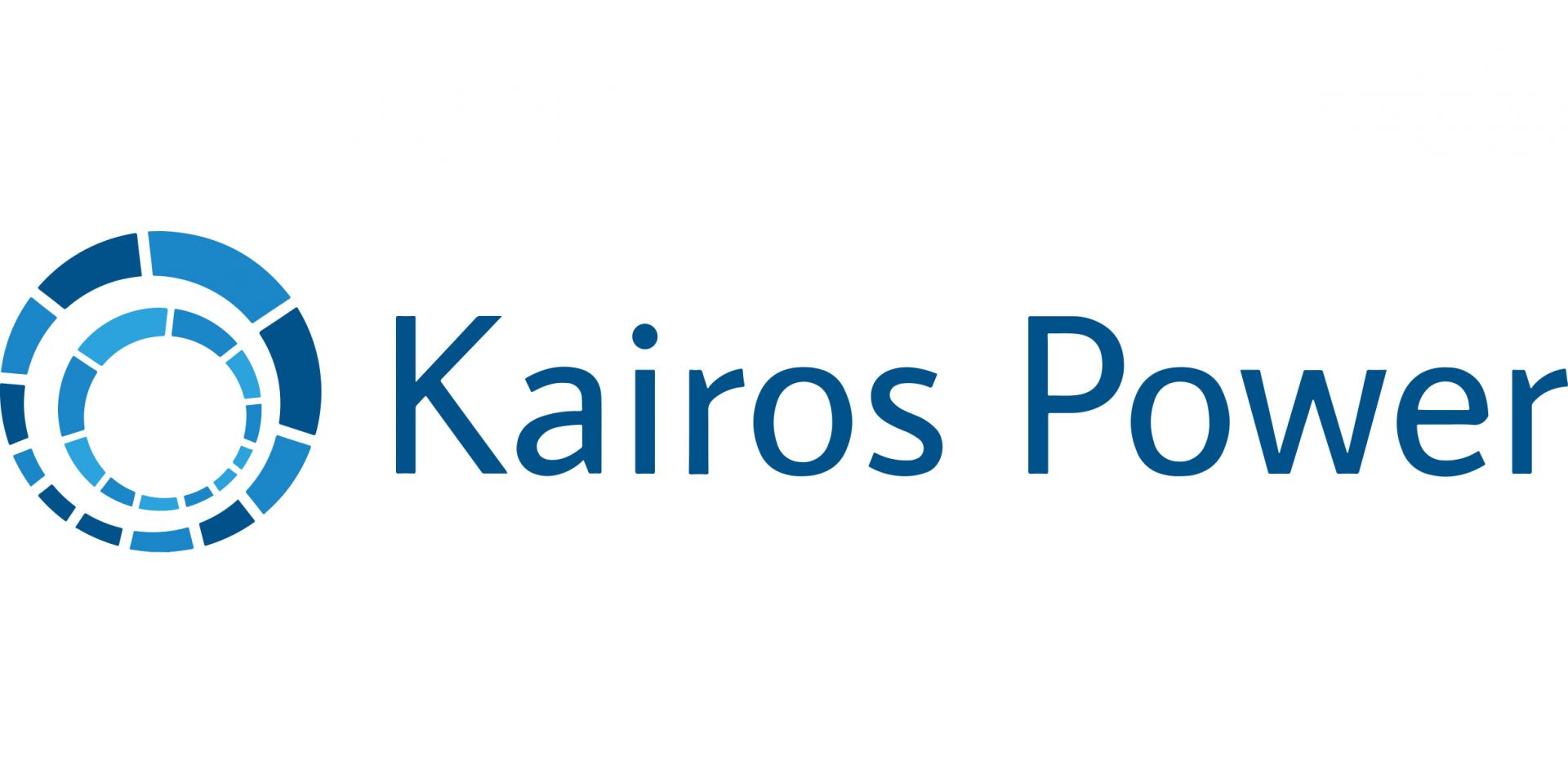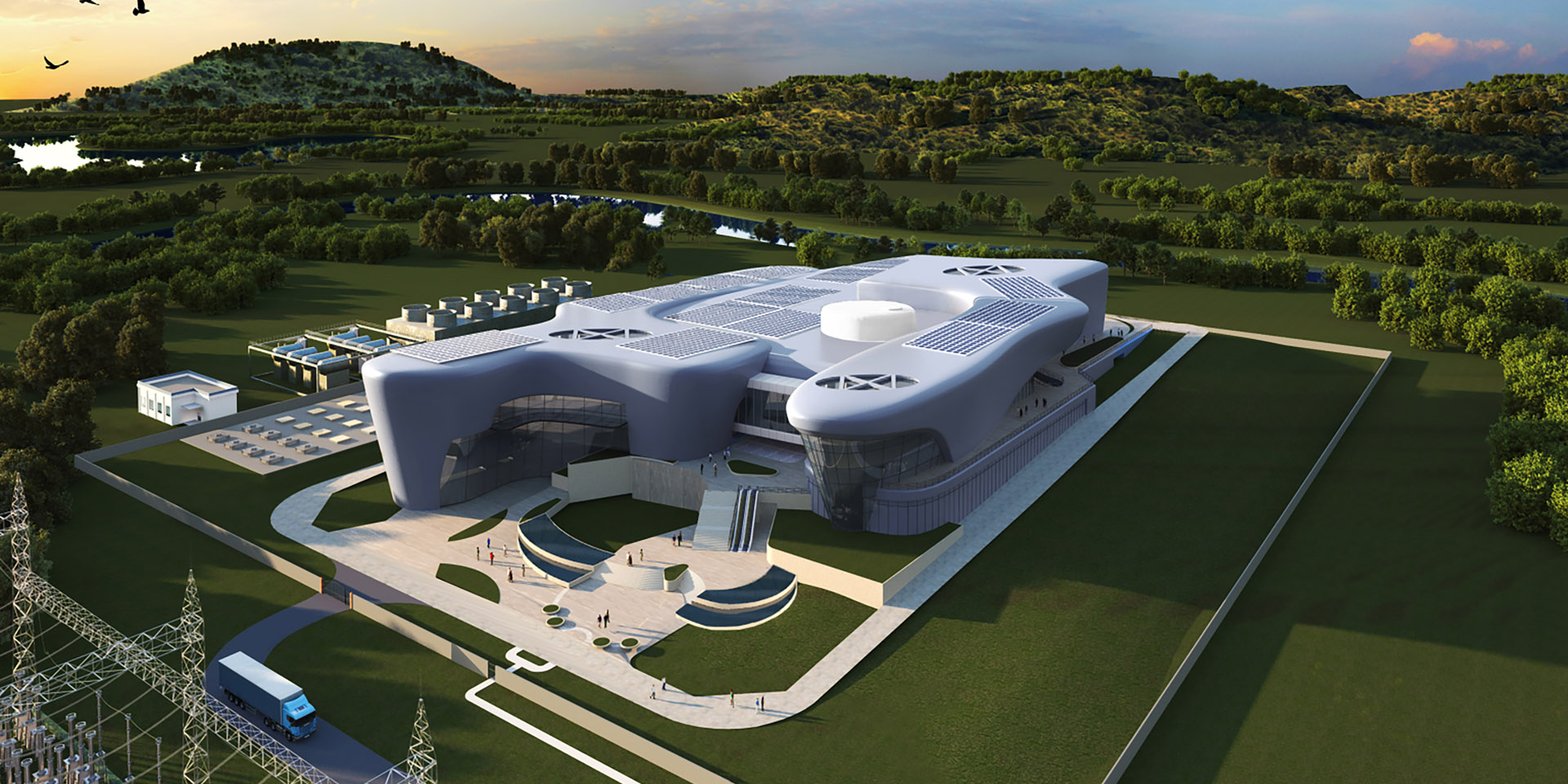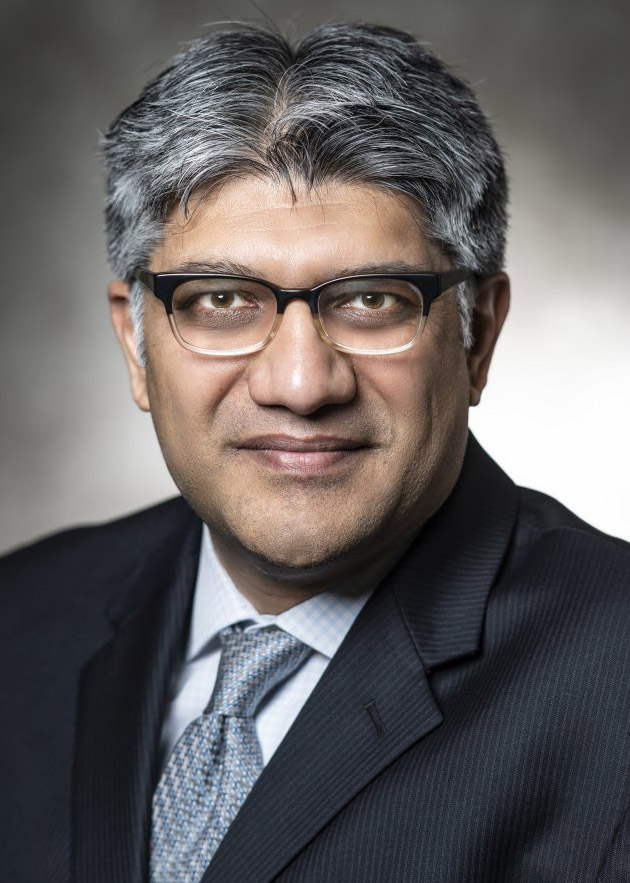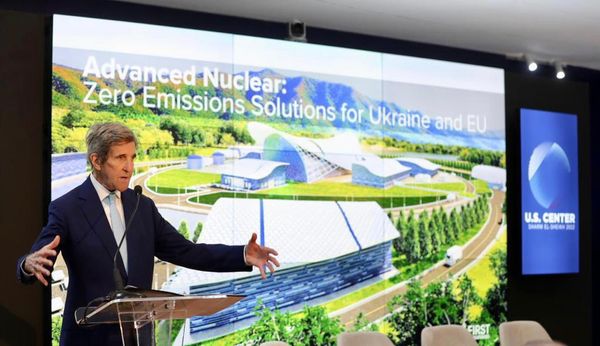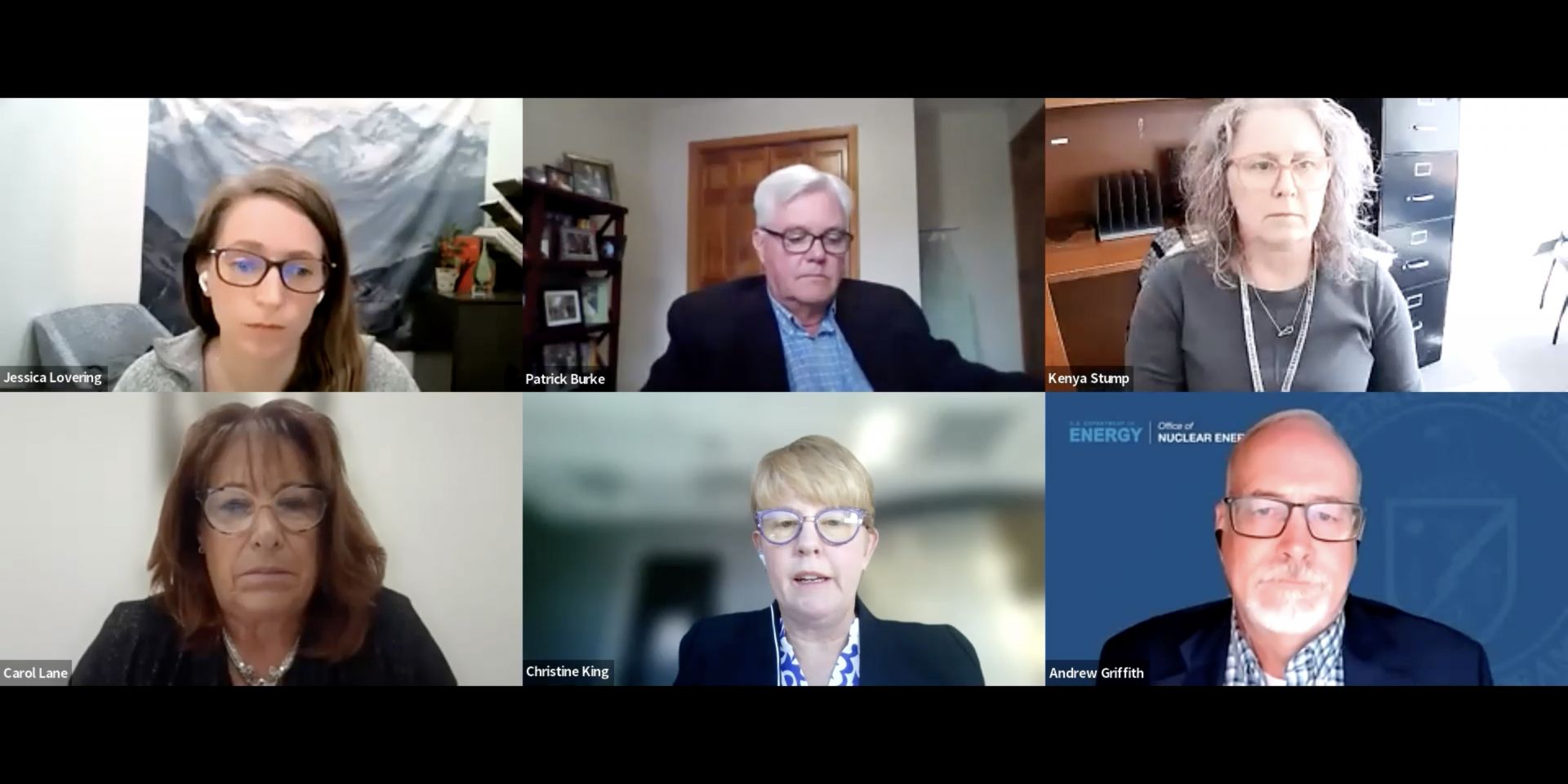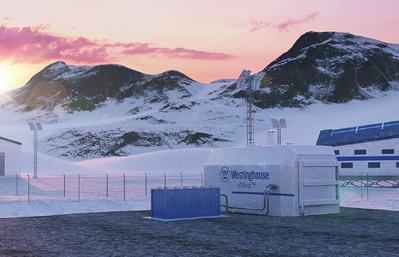A digital rendering of the Dow/X-energy Xe-100 plant in Texas. (Image: X-energy)
Dow and X-energy have announced the location of their Xe-100 small modular reactor deployment project: Dow’s UCC Seadrift Operations manufacturing site in Texas. According to a May 11 joint news release, the SMR plant will provide the Seadrift site with power and heat as the site’s existing energy and steam assets near the end of their operational lives.
From left: Hyundai E&C president and CEO Young-joon Yoon, Holtec president and CEO Kris Singh, South Korean minister of trade, industry and energy Chang-yang Lee, and K-Sure president and chairman Inho Lee. (Photo: Holtec)
Two South Korean financial institutions—the Korea Trade Insurance Corporation (K-Sure) and the Export-Import Bank of Korea (KEXIM)—have signed pacts with Holtec International and Hyundai Engineering & Construction (a Hyundai Motor Group subsidiary) to provide support to Holtec’s SMR-160 projects around the world, the American firm announced on May 2.
Kris Singh (front left), Holtec International president and chief executive officer, signs the cooperation agreement between Holtec and Ukraine’s Energoatom, alongside other Holtec officials. (Photo: Holtec)
Small modular reactor developer Holtec International and Energoatom, Ukraine’s nuclear plant operator, signed a cooperation agreement last Friday that envisions the construction of up to 20 of the American firm’s SMR-160 units in Ukraine, with grid connection for the pilot project achieved by March 2029. In addition, the agreement calls for building a Ukrainian manufacturing facility to localize the production of equipment required for SMR-160 construction.
The Bruce nuclear power plant. (Photo: Bruce Power)
Canada’s Bruce Power, operator of Ontario’s eight-unit Bruce nuclear power plant, has announced the issuance of C$600 million (about $446.3 million) in green bonds in support of the company’s net-zero-by-2027 goal. (Investopedia defines green bonds as fixed-income instruments specifically earmarked to raise money for environmentally friendly projects.)
Romanian president Klaus Iohannis (center left) met with UAE president Sheikh Mohamed bin Zayed Al Nahyan (center right) on March 21. The MOU between Nuclearelectrica and ENEC was announced during the meeting. (Photo: Ligia Deca)
Nuclearelectrica has signed a memorandum of understanding with Emirates Nuclear Energy Corporation (ENEC) to provide both parties with an enabling framework for potential collaboration on the development and expansion of nuclear energy programs in Romania and the United Arab Emirates, as well as in Central and Eastern Europe.
The Loviisa nuclear power plant. (Photo: Fortum)
The Finnish government on February 16 granted a new operating license to Fortum Power and Heat Oy for its two Loviisa reactors—twin 507-MWe VVER-440/V213 units—providing them with an additional 20 years of operational life.
CNSC’s Rumina Velshi (left) and the PAA’s Andrzej Głowacki sign a memorandum of cooperation on advanced and small modular reactors. (Photo: CNSC)
The Canadian Nuclear Safety Commission (CNSC) and Poland’s National Atomic Energy Agency (PAA) have signed a memorandum of cooperation to share best practices and experience in reviewing advanced and small modular reactor technologies. (The two agencies are already engaged in cooperation on nuclear safety matters under a memorandum of understanding inked in 2014.)
A rendering of Holtec’s SMR-160 plant. (Image: Holtec International)
Small modular reactor developers Holtec International and GE Hitachi Nuclear Energy (GEH) are both looking to the United Kingdom as a prime location for deployment of their units—the SMR-160 and BWRX-300, respectively.
On December 19, Holtec Britain announced that it is poised to enter the United Kingdom’s generic design assessment (GDA) process for the SMR-160 early in 2023, enabling the start of construction of the first U.K. unit as soon as 2028. (The GDA, developed by the Office for Nuclear Regulation and the Environment Agency, gauges the safety, security, and environmental protection aspects of a nuclear plant design. Successfully completing the assessment culminates in a design acceptance confirmation from ONR and a statement of design acceptability from the Environment Agency.)
U.S. special envoy for climate John Kerry at COP27. (Photo: Embassy of Ukraine in the United States of America)
U.S. special envoy for climate John Kerry and Ukraine’s minister of energy German Galushchenko have announced a two-to-three-year pilot project aimed at demonstrating the commercial-scale production of clean hydrogen and ammonia from small modular reactors in Ukraine using solid oxide electrolysis.
ANS's “Powering Our Future: The Coal to Nuclear Opportunity” panel discussion featured (top left, clockwise) Jessica Lovering, Patrick Burke, Kenya Stump, Andrew Griffith, Christine King, and Carol Lane. (ANS screenshot)
Since at least June of last year—when TerraPower and PacifiCorp announced plans to site the Natrium reactor demonstration project at one of Wyoming’s retiring coal plants—the concept of repurposing those plants to host nuclear reactors has been a popular topic of conversation among the energy cognoscenti.
From left: Czech Republic deputy minister of industry and trade Petr Třešňák, ČEZ’s Tomáš Pleskač, OPG’s Ken Hartwick, Ontario minister of energy Todd Smith, and Canadian ambassador to the Czech Republic Ayesha Patricia Rekhi. (Photo: CNW Group/Ontario Power Generation)
Canada’s Ontario Power Generation (OPG) and Czech Republic–based ČEZ have agreed to collaborate on nuclear technology deployment, including small modular reactors, under a memorandum of understanding signed yesterday in Prague.
Ontario’s largest electricity generator and the European energy giant have both pledged to achieve net-zero carbon emissions by 2040.




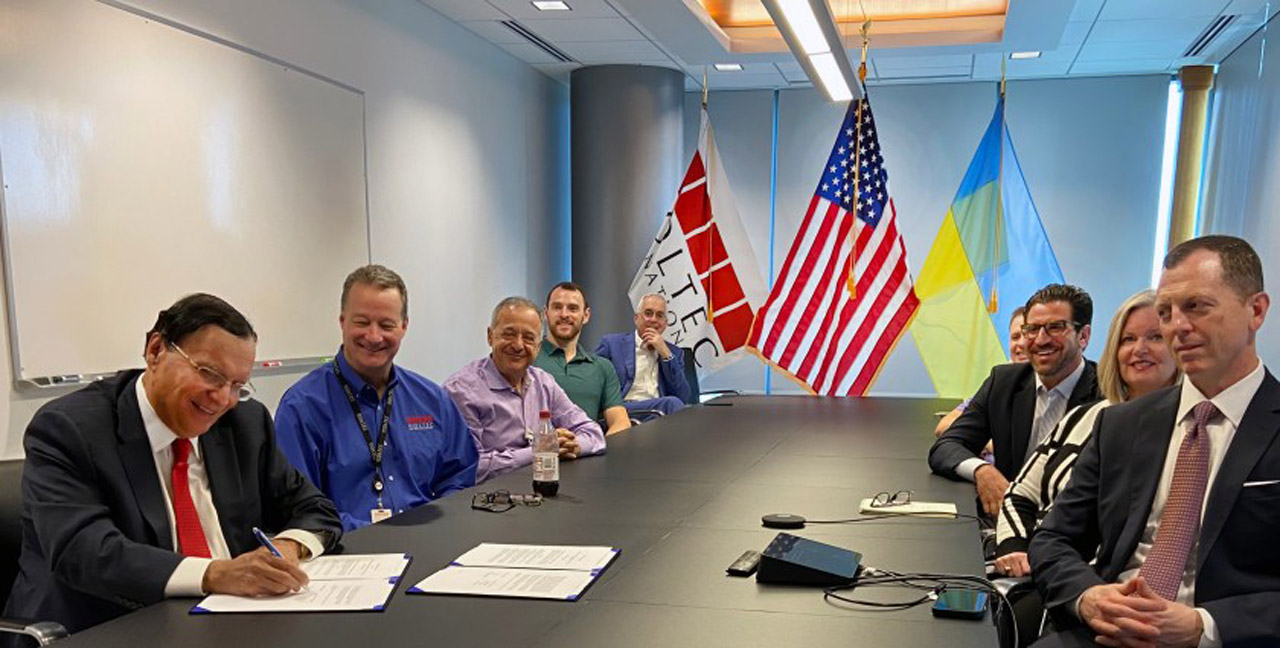
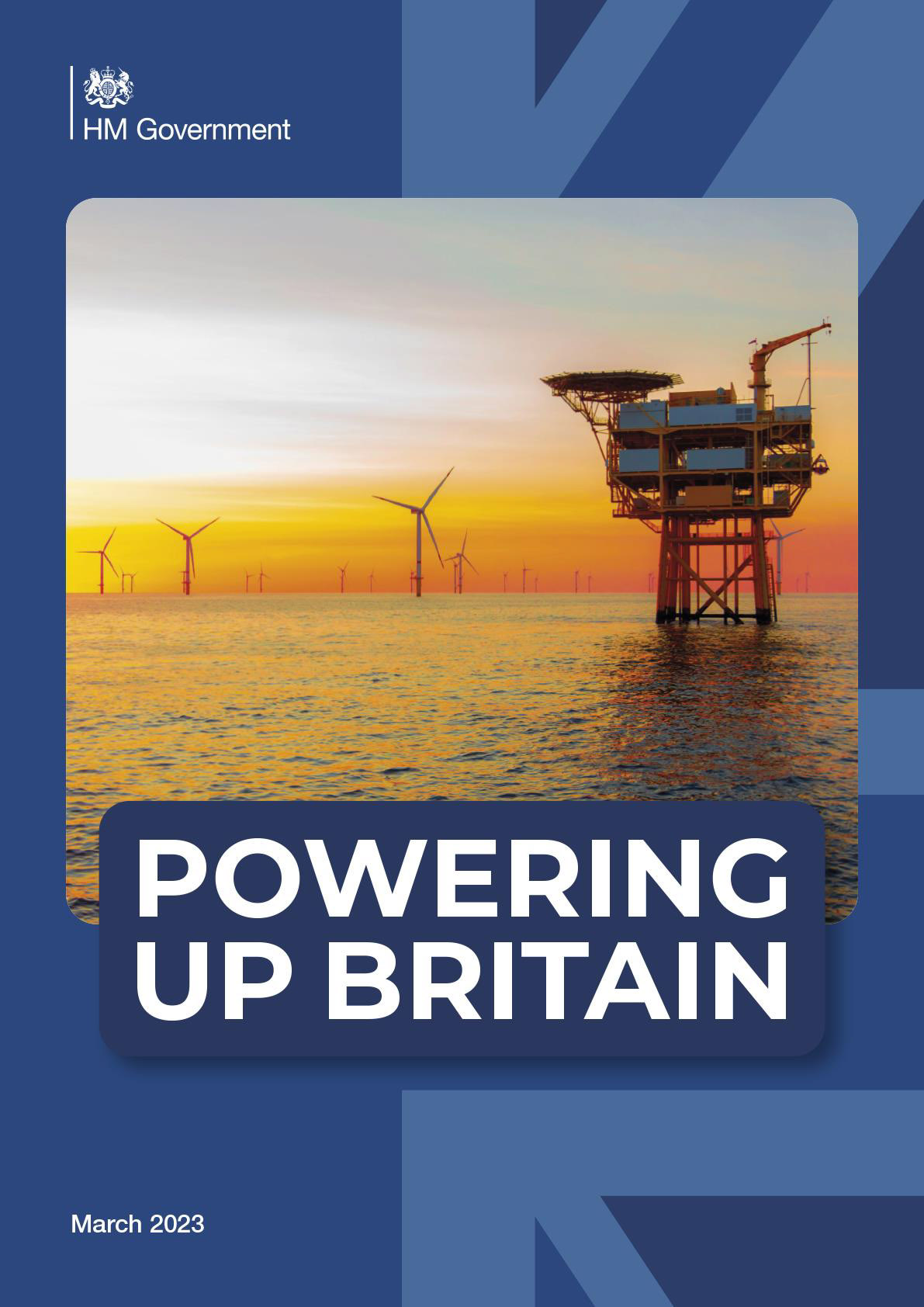 With the release last week of the policy paper
With the release last week of the policy paper 